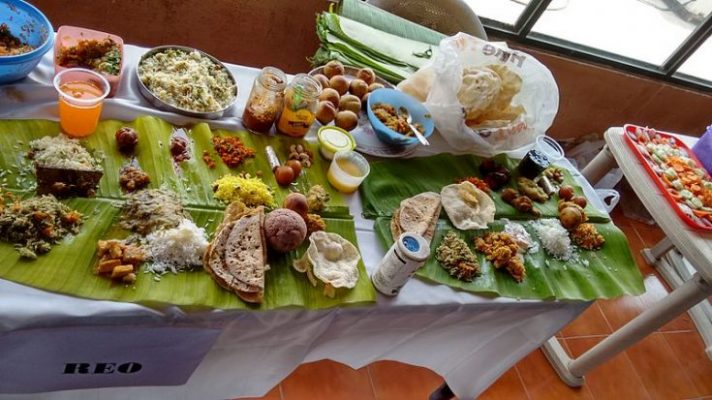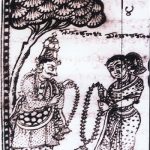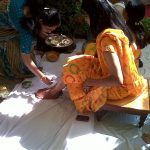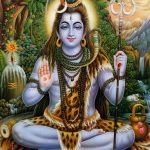The Kamma Naidu community follows many of the Telegu wedding rituals. But they also have certain Kamma Naidu wedding rituals that are unique to their community. In olden times, a Kamma Naidu wedding could be as long as sixteen days long. But in modern times, the rituals and formalities are shorter. However, families perform the most meaningful and essential Kamma Naidu wedding rituals.
Matchmaking
The families and parents of eligible men and women look for matches within their community. In today’s times, families consider the prospective bride and groom’s educational qualifications, social status, and career path. However, the final deciding factor is the matching of horoscopes. The families consult their family astrologer to determine the matching factors between the charts of the prospective bride and groom. If there is a good match or Porutham, the astrologer will advise the families to proceed with the match. The families will then meet and discuss the potential match.
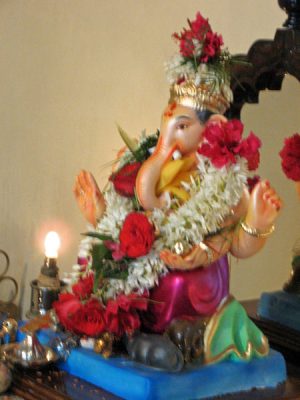
Engagement Or Nischadartam
During the engagement ceremony, the elders of the families bless the couple, and there is an exchange of gifts. The groom’s mother gifts the bride clothes, gold, and silver. An astrologer fixes an auspicious date and time for the Kamma Naidu wedding rituals.
Snakatam
The Snakatam ritual is one of the essential prewedding Kamma Naidu wedding rituals. It is usually a few hours before the wedding ceremony. The ceremony symbolically promotes the groom from being a bachelor to a man with the responsibilities of a householder. The Snakatam ceremony takes place in the groom’s house. He wears a thread on his body as a symbol of becoming a married man.
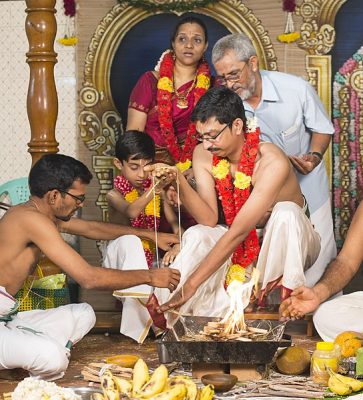
Kashi Yatra
The Snakatam ceremony also makes the groom eligible to go to Kashi to study or to become a Sanyasi. So, as a part of the rituals, the groom pretends that he is leaving for Kashi. He feigns disinterest in wedding rituals and worldly pleasures. The bride’s brother or cousin brother then stops him and persuades him to stay and become a householder.
Pellikuthiru Pellikuduku
Most Hindu weddings have some form of a sandal paste or turmeric paste ritual before the wedding. The Kamma Naidu wedding ritual is the Pellikuthiru Pellikuduku function. It is very similar to the Haldi ceremony in Hindu weddings. Pellikuthiru means bride and Pellikuduku means groom. The ritual is celebrated separately in the bride’s and groom’s homes. Currently, the Pellikuthiru Pellikuduku is on the same day as the wedding.
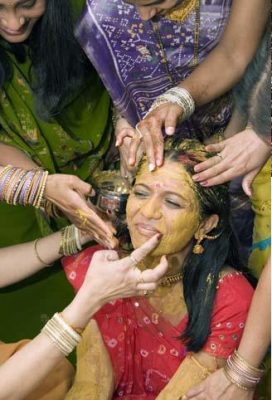
The bride and groom’s family and close relatives apply a special paste of turmeric and oil on the faces of the bride or groom, respectively. The Pellikuthiru Pellikuduku in the bride’s home is more elaborate than the groom’s. The bride and her family also perform a Lakshmi or Durga pooja. The bride seeks the blessings of the elders present. After the turmeric paste application, the bride has a bath and wears new clothes. The turmeric improves the bride’s looks and keeps negative energy away. The bride and the groom do not attend each other’s Haldi functions, and they do not go anywhere until the rest of the Kamma Naidu wedding rituals are completed. Though not a part of the tradition, today’s Haldi ceremonies also include dance and singing.
The Wedding Day
The bride and the groom prepare at their respective homes for the wedding ceremony. They have a Mangala Snanam or a bath and dress in their wedding clothes. Oil is applied to them and an Arati is performed.
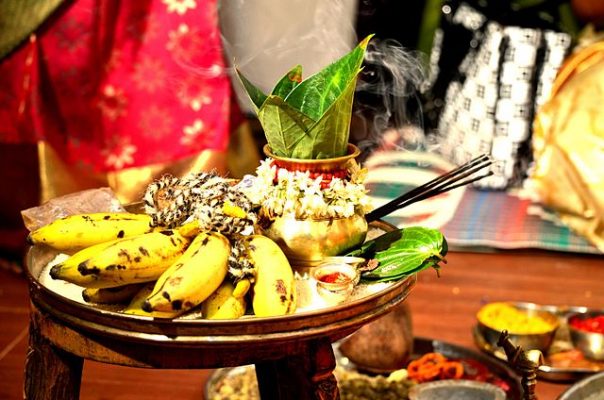
The groom attends a Ganesh and Gauri pooja. The bride attends a Gauri pooja. A Pravara ceremony changes the bride’s Gotram or lineage to the groom’s. The elderly couples present watch the Pravara ceremony.
Viragudi Mokkadam
The groom visits a temple before he goes to the wedding hall. He prays for a good married life and breaks a coconut smeared with kumkum and turmeric in front of the temple deity.
The Ceremony
The bride’s maternal uncle accompanies her to the wedding Mandap. The bride and the groom sit with an Addutera or Terasala curtain in between them. The bride is given to the groom as Kanyadaan and the curtain is removed. The officiating priest chants mantras and hands the Thali (Mangalsutra) to the groom, who ties it around the bride’s neck. The bride and the groom circumambulate the fire seven times.
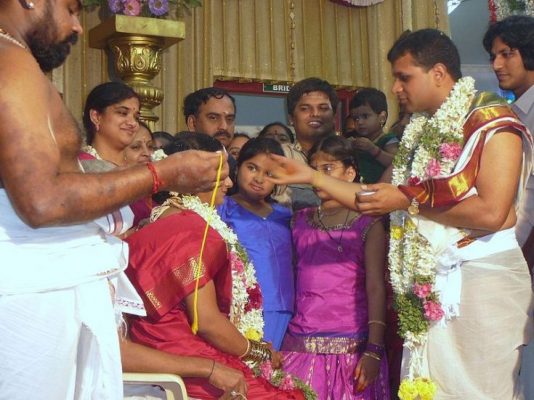
During the Akshitalu ceremony, the bride and the groom exchange garlands.

The groom puts toe rings on the bride’s feet, and the couple together looks at the twin stars of Arundhati and Vasistha.
Grahapravesam
The groom’s mother and family formally welcome the bride into her new home. Two weeks later, the two plates of the Mangalsutra are united with a bead in between.
Wedding Reception
At the wedding reception, extended friends and family bless and congratulate the couple. A grand meal is served.
